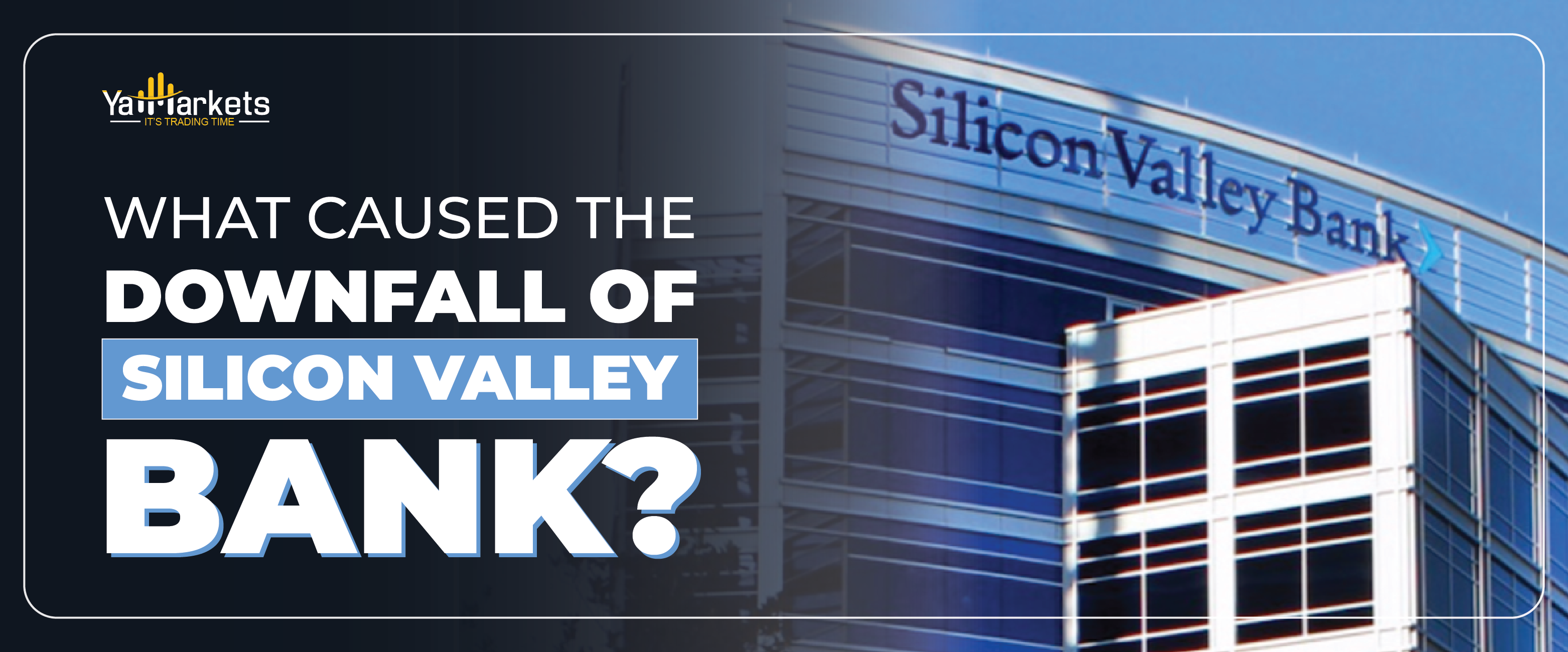YaMarkets • 2023-03-22

The 2008 global recession banking failures were a series of problems that led to the collapse of several big banks. These problems started with the housing bubble and the way people were borrowing money to buy houses. Then, there was the problem with subprime mortgages, and how people were getting loans that they couldn't afford to pay back. Finally, there was a lack of regulation in the financial industry, which made things even worse.
The 2023 banking failure of Silicon Valley Bank is attributed to rising interest rates.. To combat inflation, the USA increased the interest rates, which lowered the value of the bank holding. Silicon Valley Bank made significant investments in long-term US treasuries and agency mortgage-backed securities using bank deposits. These investments are typically safe but the value of these investments fell due to the current high-interest environment — the US Federal Reserve has increased the interest rate by a massive 450 basis points. The period of lenient monetary policies has allowed tech firms of varying sizes to secure and utilize funds, and SVB has taken advantage of this upswing. However, the conflict in Ukraine has caused inflation rates to surge worldwide, resulting in central banks adopting strict monetary policies.
Rising interest rates lowered the value of bank holdings. This caused serious panic among investors. Customers at the Silicon Valley bank panicked and simultaneously withdrew their deposits out of worry for the bank's viability due to their worries about the bank's financial stability. SVB's deposits were mostly made by startup companies. They deposited huge sums of money with the bank because the tech was in such high demand during the pandemic.
These businesses were in a financial bind and had to draw on their deposits as a result of the decline in venture capital funding through public offerings. Due to the extensive deposit withdrawals that followed, SVB was forced to sell its bond holdings. As a result, the bank experienced mark-to-market losses when it started selling bonds since the price of existing bonds fell as yields rose. Unlike customers, who had FDIC insurance on their investments, SVB stockholders and investors suffered a Major Loss. Although the FDIC covers up to $250,000 in deposits, Silicon Valley Bank nonetheless failed. The fact that many depositors put far more money at the bank than the insurance deposit limit, and as the feeling of risk increased, they hurried to transfer funds. This meant that deposit insurance wasn't very effective in halting a bank run. The bank couldn't raise capital due to its declining stock price, so it looked at other possibilities, such as a sale, until regulators stepped in and forced the bank to close. Since the financial crisis of 2008, this episode represents the largest bank failure.
The rising failures in the US banking system have much to teach the Indian banking system. India has significant start-up investments and deposits from Start-up companies and it must be ringing bells to Indian Investors
Conclusion: SVB failed because they couldn't match the short-term deposits that investors had made with them with long-term loans. The bank's ability to repay its long-term loans was hampered by the prompt repayment of the short-term deposits. With the fall of the SVB, concern remains in the global banking systems. Many companies have had to downsize their workforce as a result of SVB's demise and a challenging economic environment in the technology industry. One of these companies is the largest startup sponsor; therefore its collapse could have a tremendous effect on other companies. Banks could be reluctant to invest in these enterprises, making it difficult for them to obtain finance. To solve the financial issues that its investors are experiencing, the banking sector must change. To prevent heightened threats to financial stability, lowering interest rates is not a suitable answer because doing so would defeat the goal of reducing inflation in the economy. Although an inflation regime breach may have longer-lasting impacts than a banking crisis, it could nonetheless have just as bad, if not worse, long-term effects.
 AI
AI
